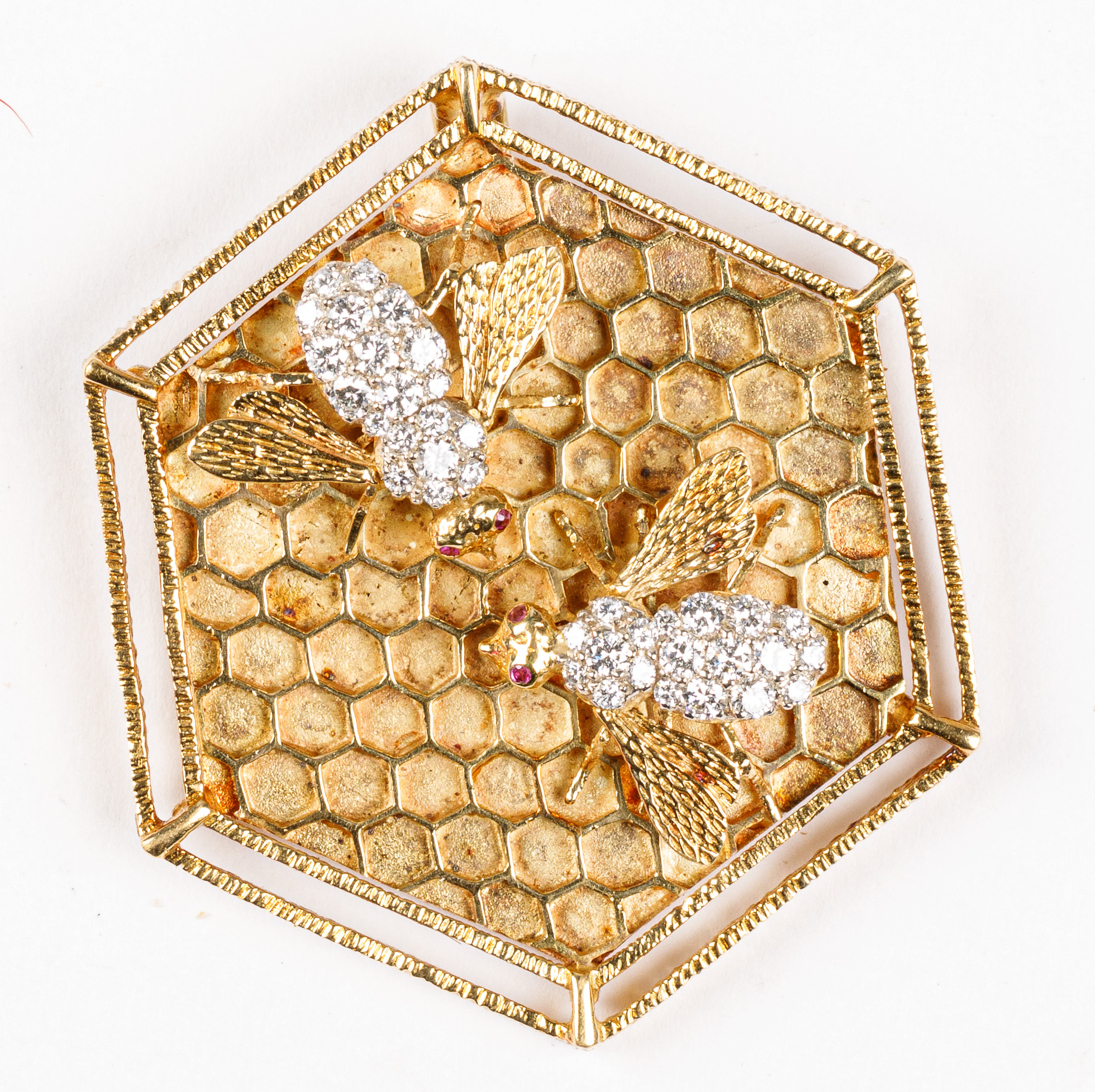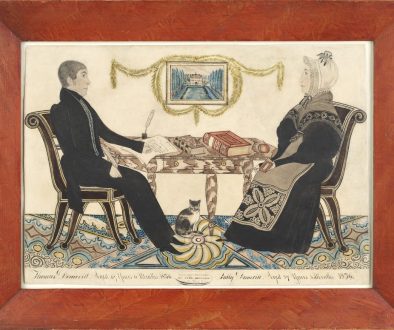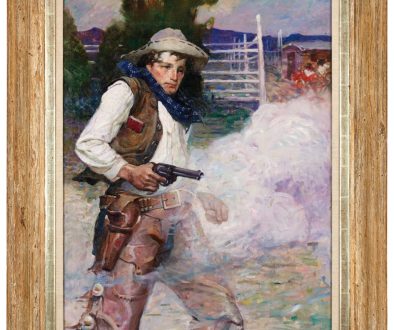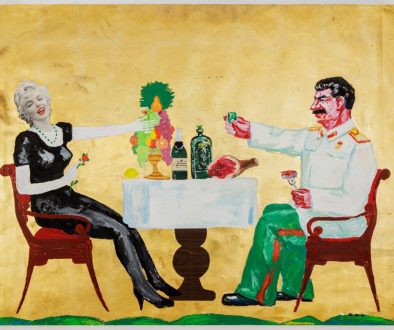The Auction Buzz!
Lot 7576 is a spectacular 18k yellow gold and diamond bee brooch by famed jeweler Herbert Rosenthal (American, trademark active 1962 – 1987). In the mid-1960’s, Rosenthal created his first iconic bejeweled bees. His design became famous, inspiring a generation of imitators. Incredibly lifelike, these bees are encrusted with diamonds and detailed with ruby eyes, and are captured working industriously on a slice of golden honeycomb. The brooch has a pendant loop and pin closure, the underside stamped HR within an oblong diamond.
The bee jewelry of Herbert Rosenthal captured the imagination of the fashion world, but was far from a new idea. Human dependency on bees has resulted in a long history of use and adaptation of their image. Although the Victorian love of insect jewelry was widespread, actual credit for interest in bee jewelry in the modern age belongs earlier, in the age of Napoleon. In 1804, Napoleon was looking for a symbol for the French Empire other than the fleur-de-lys. Based on ancient French artifacts in the collection of the Bibliothèque Nationale, he chose the bee. Why was the bee a particularly French symbol? The answer delves even further back into history, into the Dark Ages.
A king of the Merovingian dynasty, Childeric (437 -481 C.E.) also stood on the cusp of a new era. He was the father of Clovis, who would be the first to unite all of the Frankish tribes under one rule. Childeric’s tomb was discovered near Tournai in 1653. It was a sensational find. The tomb was full of precious objects, notably three hundred golden bees with garnet wings. The treasure of Childeric was eventually deposited in the Bibliothèque Nationale de France, where Napoleon was able to see it. Tragically, in 1831 the treasure was stolen and melted down. Only a few pieces, including two bees, were recovered from a hiding spot in the Seine.
Join Pook & Pook on June 21st to bid on this exquisite figural brooch.
By Cynthia Beech Lawrence




